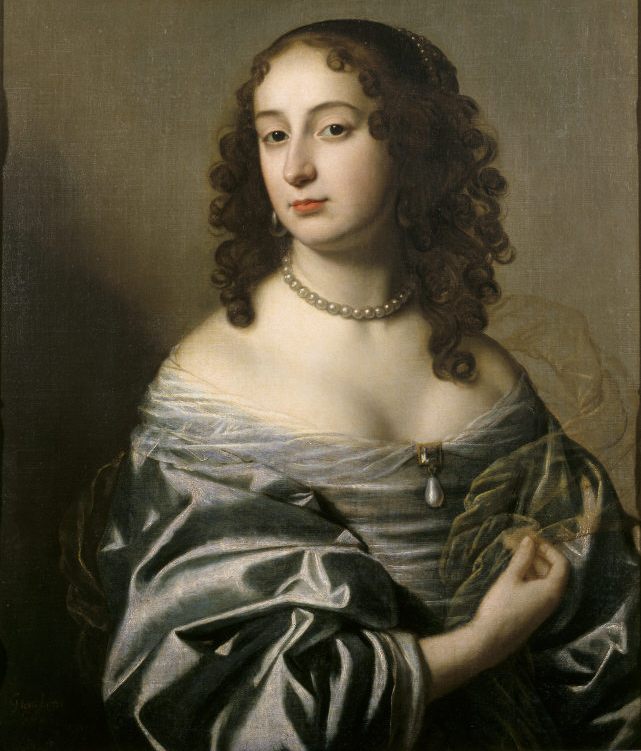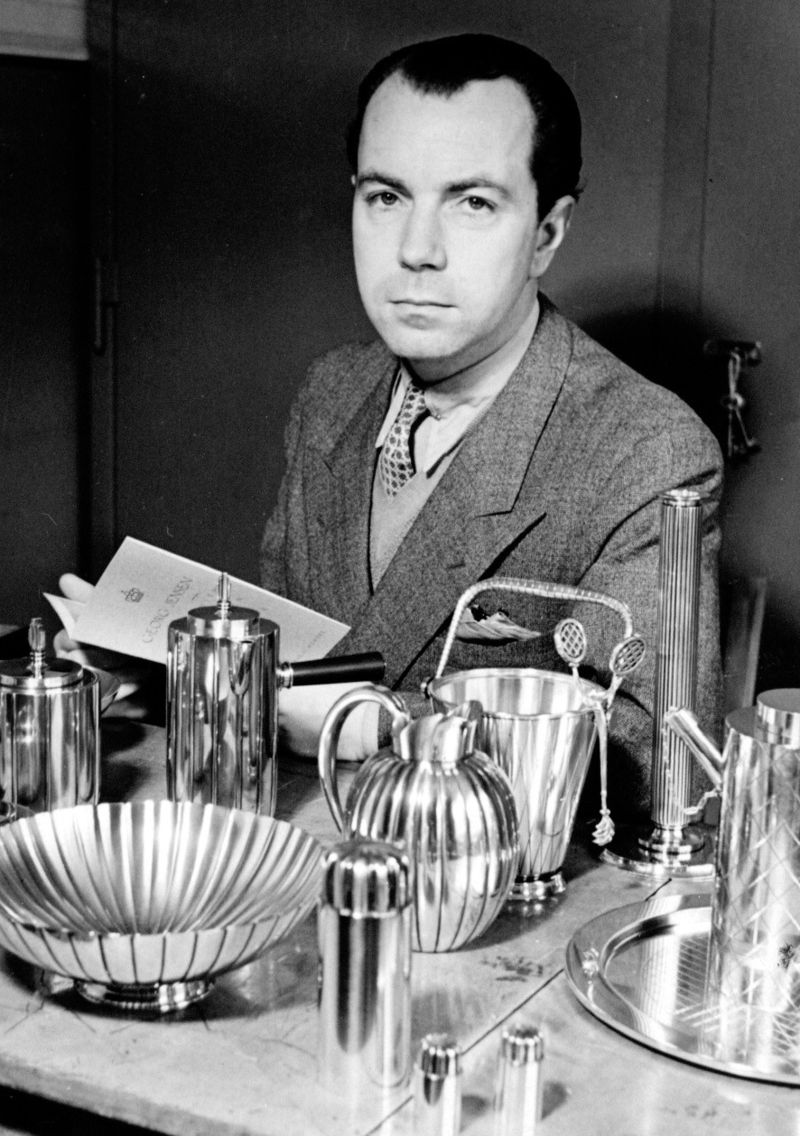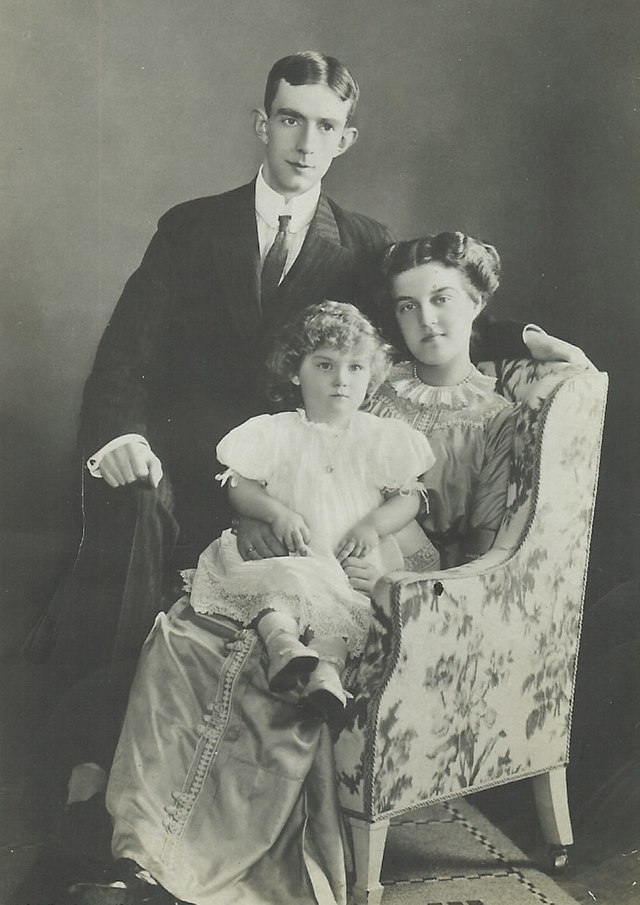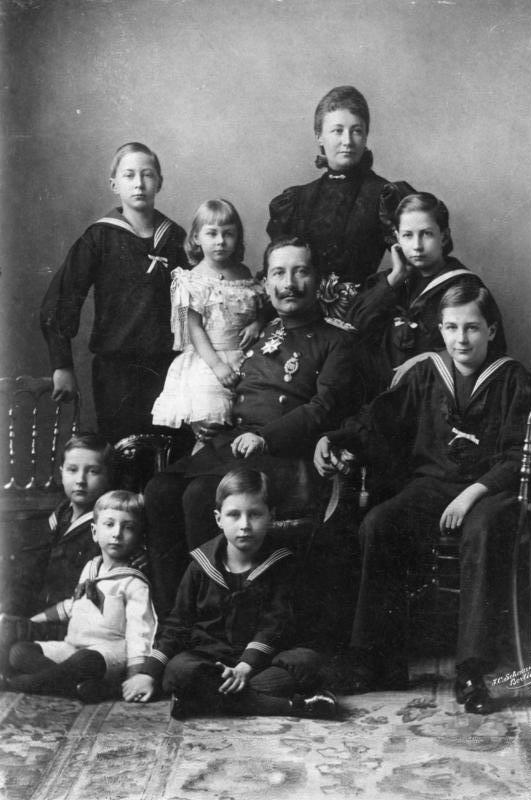by Susan Flantzer © Unofficial Royalty 2013

Credit – By BiblioArchives / LibraryArchives from Canada – Coronation of Queen Elizabeth II / uronnement de la Reine Elizabeth IIUploaded by oaktree_b, CC BY 2.0, https://commons.wikimedia.org/w/index.php?curid=19783528
June 2, 2013 was the 60th anniversary of the coronation of Queen Elizabeth II. This occasion was marked by a service of celebration at Westminster Abbey on June 4, 2013, at 11 AM attended by The Queen, The Duke of Edinburgh, and other members of the Royal Family.
The Queen had acceded to the throne on February 6, 1952, upon the death of her father King George VI. She was 25 years old at the time and the mother of two young children under the age of four. Queen Mary, the new queen’s grandmother, died on March 24, 1953. Before her death, Queen Mary insisted that the coronation go on as scheduled on June 2, 1953. The ceremony in Westminster Abbey, with the exception of the anointing and communion, was televised for the first time.
Westminster Abbey was closed for five months prior to the coronation so that the construction needed for 8,000 people to attend could be completed. See the BBC news video for more details below.
*********************
Guests: Westminster Abbey opened at 6:00 AM on Coronation Day to the approximately 8,000 invited guests including members of the Queen’s family and foreign royalty, the peers of the United Kingdom, heads of state, Members of Parliament from the Queen’s various legislatures, and other guests from the member countries of the Commonwealth of Nations. Guests seated on stools were able to purchase their stools following the ceremony, with the profits going towards the cost of the coronation. Below are listed members of The Queen’s family, members of The Duke of Edinburgh’s family, and foreign royalty who attended the coronation.
Guests from the British Royal Family
- Prince Philip, Duke of Edinburgh, the Queen’s husband
- Prince Charles, Duke of Cornwall, the Queen’s son and heir
- Queen Elizabeth The Queen Mother, the Queen’s mother
- Princess Margaret, the Queen’s sister
- Princess Mary, Princess Royal, the Queen’s paternal aunt
- George Lascelles, 7th Earl of Harewood and Marion Lascelles, Countess of Harewood, the Queen’s first cousin and his wife
- The Honorable Gerald Lascelles, the Queen’s first cousin
- Prince Henry, Duke of Gloucester and Alice, Duchess of Gloucester, the Queen’s paternal uncle and aunt
- Prince William of Gloucester, the Queen’s first cousin
- Prince Richard of Gloucester, the Queen’s first cousin
- Princess Marina, Duchess of Kent, the Queen’s paternal aunt by marriage and the Duke of Edinburgh’s first cousin
- Prince Edward, Duke of Kent, the Queen’s first cousin
- Princess Alexandra of Kent, the Queen’s first cousin
- Prince Michael of Kent, the Queen’s first cousin
- Princess Marie Louise, the Queen’s first cousin twice removed and a granddaughter of Queen Victoria
- Lady Patricia Ramsay (a granddaughter of Queen Victoria, born Princess Patricia of Connaught) and The Honorable Sir Alexander Ramsay, the Queen’s first cousin twice removed and her husband
- Alexander Ramsay of Mar, the Queen’s second cousin once removed
- Alexander Cambridge, 1st Earl of Athlone and Princess Alice, Countess of Athlone, the Queen’s paternal great-uncle and great-aunt (Princess Alice was the Queen’s first cousin twice removed and a granddaughter of Queen Victoria)
- Lady May Abel Smith and Colonel Sir Henry Abel Smith, the Queen’s first cousin once removed and her husband
- Richard Abel Smith, the Queen’s second cousin
Guests from the Bowes-Lyon Family
- Albemarle Bowes-Lyon, the Queen’s first cousin
- James Bowes-Lyon, the Queen’s first cousin once removed
Guests from the Teck-Cambridge Family
- George Cambridge, 2nd Marquess of Cambridge and Dorothy Cambridge, Marchioness of Cambridge, the Queen’s first cousin once removed and his wife
- Lady Mary Whitney and Peter Whitney, the Queen’s second cousin and her husband
- The Duchess of Beaufort (born Lady Mary Cambridge) and Henry Somerset, 10th Duke of Beaufort, the Queen’s first cousin once removed and her husband
- Lady Helena Gibbs, the Queen’s first cousin, once removed, born Princess Helena of Teck
Guests from The Duke of Edinburgh’s Family
- Princess Andrew of Greece and Denmark, the Duke of Edinburgh’s mother, born Princess Alice of Battenberg
- The Princess and Prince of Hohenlohe-Langenburg, the Duke of Edinburgh’s sister Margarita and brother-in-law Gottfried
- Princess Beatrix of Hohenlohe-Langenburg, the Duke of Edinburgh’s niece
- The Margravine and Margrave of Baden, the Duke of Edinburgh’s sister Theodora and brother-in-law Berthold
- The Hereditary Prince of Baden, the Duke of Edinburgh’s nephew Maximilian
- Princess and Prince Georg Wilhelm of Hanover, the Duke of Edinburgh’s sister Sophie and brother-in-law Georg Wilhelm
- Princess Christina Margarethe of Hesse, the Duke of Edinburgh’s niece
- Prince and Princess George of Greece and Denmark, the Duke of Edinburgh’s paternal uncle George and aunt Marie Bonaparte, representing King Paul of Greece
Guests from the Mountbatten Family
Rulers of British Protectorates
- Sheikh Salman bin Hamad Al Khalifa I of Bahrain
- Sheikh Abdullah III Al-Salim Al-Sabah of Kuwait
- Sultan Omar Ali Saifuddien III of Brunei
- Sultan Ibrahim IV of Kelantan
- Sultan Hisamuddin and Raja Jemaah of Selangor
- Sultan Ibrahim and Sultanah Helen Ibrahim of Johor
- Sultan Khalifa bin Harubn and the Sultanah Nunu of Zanzibar
- Sultan Ali III ibn ‘Abd al-Karim al-‘Abdali of Lahej
- Sultan Yusuf Izzuddin Shah of Perak
- Queen Salote of Tonga
- Sheikh Ahmad bin Ali Al Thani, representing Ali bin Abdullah Al Thani of Qatar
Members of Foreign Royal Families
- Crown Prince Olav and Crown Princess Märtha of Norway, the Queen’s first cousin once removed and his wife representing his father King Haakon VII of Norway
- Princess Astrid of Norway, the Queen’s second cousin
- Prince Axel and Princess Margaretha of Denmark, the Duke of Edinburgh’s first cousin once removed and his second cousin (representing his first cousin once removed, King Frederik IX of Denmark)
- Prince Bertil of Sweden, Duke of Halland, the Queen’s second cousin once removed (representing his father King Gustav VI of Sweden)
- Prince Albert, Prince of Liège (representing his brother King Baudouin of the Belgians)
- Prince Bernhard of the Netherlands (representing his wife Queen Juliana of the Netherlands)
- Crown Prince Sisavang Vatthana of Laos (representing King Sisavang Phoulivong of Laos)
- Prince Himalayapratrap Vir Vikram Shah and his wife Princess Princep Shah (representing King Tribhuwan Bir Bikram Shah of Nepal)
- Hereditary Prince Bao Long (representing Bảo Đại, the Chief of State of Vietnam)
- Crown Prince Akihito of Japan (representing Emperor Hirohito of Japan)
- Crown Prince Amha Selassie of Ethiopia (representing Emperor Haile Selassie I of Ethiopia)
- Prince Fahad Ibn Abdul Aziz (representing King Abdulaziz of Saudi Arabia)
- Shah Wali Khan (representing King Mohammed Zahir Shah of Afghanistan)
- Crown Prince Abdul Ilah (representing King Faisal II of Iraq)
- Prince Sisowath Monireth (representing King Norodom Sihanouk of Cambodia)
- Prince Chula Chakrabongse and Princess Chula (representing King Bhumibol Adulyadej of Thailand)
- Prince Saif Al Islam Al Hassan (representing King Ahmad bin Yahya Hamidaddin of Yemen)
- The Nabil Suleyman Daoud (representing the King Fuad II of Egypt)
- Hereditary Grand Duke Jean and Hereditary Grand Duchess Joséphine-Charlotte of Luxembourg (representing Grand Duchess Charlotte of Luxembourg)
- Prince Karl Alfred and Princess Agnes of Liechtenstein (representing Prince Franz Joseph II of Liechtenstein)
- Prince Pierre of Monaco (representing Prince Rainier III of Monaco)
*********************

The Coronation Dress; Credit – Royal Collection Trust / © Her Majesty Queen Elizabeth II 2022
The Coronation Gown: Queen Elizabeth’s coronation gown was designed by her favorite designer, Norman Hartnell, and featured embroidered floral emblems of the Commonwealth countries: English Tudor rose; Scots thistle, Welsh leek, Irish shamrock, Australian wattle, Canadian maple leaf, New Zealand silver fern, South African protea, lotus flowers for India and Ceylon, and Pakistan’s wheat, cotton, and jute.
*********************
The Queen traveled from Buckingham Palace to Westminster Abbey in the Gold State Coach which was built in 1762 and has been used for the coronation of every monarch since King George IV. It is estimated that 3 million people lined the streets of London that day.
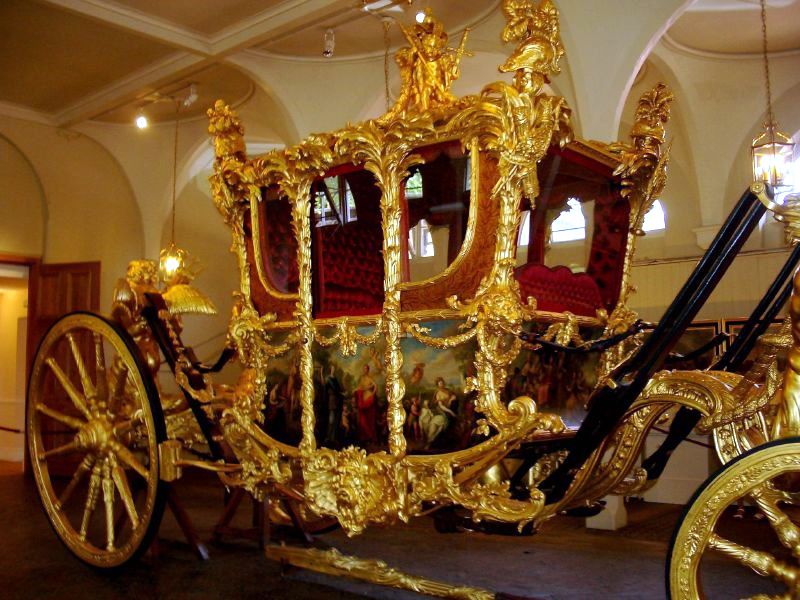
Gold State Coach, Photo Credit – Wikipedia
Upon arrival at Westminster Abbey, Queen Elizabeth was attended by six aristocratic young women who served as Maids of Honor. Sixty years later, all six were still alive.
-
- Lady Moyra Hamilton, 22, daughter of the Marquess of Hamilton, later 4th Duke of Abercorn
- Lady Anne Coke, 20, daughter of the 5th Earl of Leicester
- Lady Jane Vane-Tempest-Stewart, 20, daughter of the 8th Marquess of Londonderry
- Lady Mary Baillie-Hamilton, 19, daughter of the 12th Earl of Haddington
- Lady Jane Heathcote-Drummond-Willoughby, 18, daughter of the 3rd Earl of Ancaster
- Lady Rosemary Spencer-Churchill, 23, daughter of 10th Duke of Marlborough
The Queen arrives at Westminster Abbey

A rather bored looking Prince Charles at the coronation with his grandmother The Queen Mother and his aunt Princess Margaret, Photo Credit – www.abc.net.au
After the Queen’s procession into Westminster Abbey, the coronation service started.
The Recognition: The Archbishop of Canterbury along with Lord Chancellor, Lord Great Chamberlain, Lord High Constable, and Earl Marshal proceeded to the East, South, West, and North sides of the coronation theater. Each time the Archbishop said, “Sirs, I here present unto you Queen ELIZABETH, your undoubted Queen: Wherefore all you who are come this day to do your homage and service, Are you willing to do the same?” The People replied each time, “God Save Queen Elizabeth.”
The Oath: The Queen, seated in the Chair of Estate, took the Coronation Oath administered by the Archbishop of Canterbury. She then proceeded to the altar and solemnly swore the Oath with her right hand on the Bible. Afterward, she kissed the Bible and signed the Oath.
The Communion Service: Traditional service of the Anglican Church
The Anointing: After being disrobed of her crimson robe, the Queen sat in King Edward’s Chair. Four Knights of the Garter held a canopy over her. The Dean of Westminster took the Ampulla which held the Holy Oil and poured some into the Spoon. The Archbishop then anointed the Queen in the form of a cross on the palms of both hands, the breast, and the crown of the head. The canopy was removed and the Queen was dressed in the Colobium Sindonis, a simple sleeveless white linen shift, and the Supertunica, a long coat of gold silk that reaches to the ankles and has wide-flowing sleeves.

Regalia used in the coronation; Photo Credit – rachelsprengeler.blogspot.com
The Presenting of the Spurs and Sword, and the Oblation of the Sword of State: The Spurs were brought from the altar by the Dean of Westminster, and given to the Lord Great Chamberlain who presented them to the Queen. Afterward, the Spurs were returned to the altar. Next, the Archbishop took the Sword from the altar and assisted by the Archbishop of York and the Bishops of London and Winchester put the Sword the Queen’s hands and said a prayer. The Queen then went to the altar, returned the sword to its scabbard, and sat down in King Edward’s Chair.

Dressed in the Sindonis and Supertunica, the Queen returns the Sword of State to the altar, Photo Credit – members.boardhost.com
The Investing with the Armills, the Stole Royal and the Robe Royal: and the Delivery of the Orb: The Dean of Westminster delivered the Armills to the Archbishop, who said a prayer while putting them on the Queen’s wrists. The Queen stood and was clothed with the Robe Royal. After she sat down, the Sovereign’s Orb was brought from the altar by the Dean of Westminster and delivered into the Queen’s right hand by the Archbishop of Canterbury. The Queen then gave the orb to the Dean of Westminster who returned it to the altar.

Sovereign’s Orb; Photo Credit – https://www.royalcollection.org.uk
The Investiture per annulum, et per sceptrum et baculum: The Keeper of the Jewel House gave the Queen’s Ring, which was set with a sapphire and a ruby cross, to the Archbishop of Canterbury who put it on the fourth finger of the Queen’s right hand, and said a prayer. The Dean of Westminster brought the Sceptre with the Cross and the Rod with the Dove to the Archbishop, who put it in the Queen’s left hand and said a prayer.
The Putting on of the Crown: The people stood up and the Archbishop of Canterbury took St. Edward’s Crown from the altar, then laid it back on the altar, and said a prayer. The Archbishop then proceeded to the Queen who was sitting in King Edward’s Chair. The Dean of Westminster brought him the crown and the Archbishop reverently put the crown on the Queen’s head. The people repeatedly shouted, “God Save The Queen.” The Princes and Princesses, the Peers and Peeresses put on their coronets and caps, and the Kings of Arms their crown. Trumpets sounded, and the great guns at the Tower of London were fired.

The Archbishop of Canterbury prepares to crown the Queen; www.dailymail.co.uk

The crowned Queen; Photo Credit – www.telegraph.co.uk
The Benediction: Now that the Queen had been anointed and crowned, and had received all the signs of the sovereign, the Archbishop of Canterbury blessed her and all those assembled at Westminster Abbey replied with a loud Amen.
The Enthroning: The Queen went to the throne, and was lifted up into it by the Archbishops and Bishops, and other Peers of the Kingdom. Lords bearing the regalia stood on the steps around the throne.
The Homage: After the Archbishop of Canterbury and the Duke of Edinburgh offered their fealty to the Queen, all princes and peers present did likewise, saying to her, ” I, (name) Duke, or Earl, etc., of (name) do become your liege man of life and limb, and of earthly worship; and faith and truth I will bear unto you, to live and die, against all manner of folks. So help me God.”
The Communion: Queen Elizabeth knelt and took communion, in a service that included a general confession and absolution, and, along with the people, recited the Lord’s Prayer.
The Recess: The Queen proceeded to Saint Edward’s Chapel, gave St. Edward’s Crown and the Sceptre and the Rod to the Archbishop of Canterbury who laid them on the altar in the chapel. The Queen was then disrobed of the Robe Royal and clothed in a Robe of purple velvet and the Imperial State Crown. The Archbishop of Canterbury put the Sceptre with the Cross into her right hand and the Orb in her left hand. The Queen left the St. Edward’s Chapel to the singing of the National Anthem and then proceeded up the aisle.

Queen Elizabeth proceeding up the aisle of Westminster Abbey after her coronation, Photo Credit – www.guardian.co.uk
This article is the intellectual property of Unofficial Royalty and is NOT TO BE COPIED, EDITED, OR POSTED IN ANY FORM ON ANOTHER WEBSITE under any circumstances. It is permissible to use a link that directs to Unofficial Royalty.


